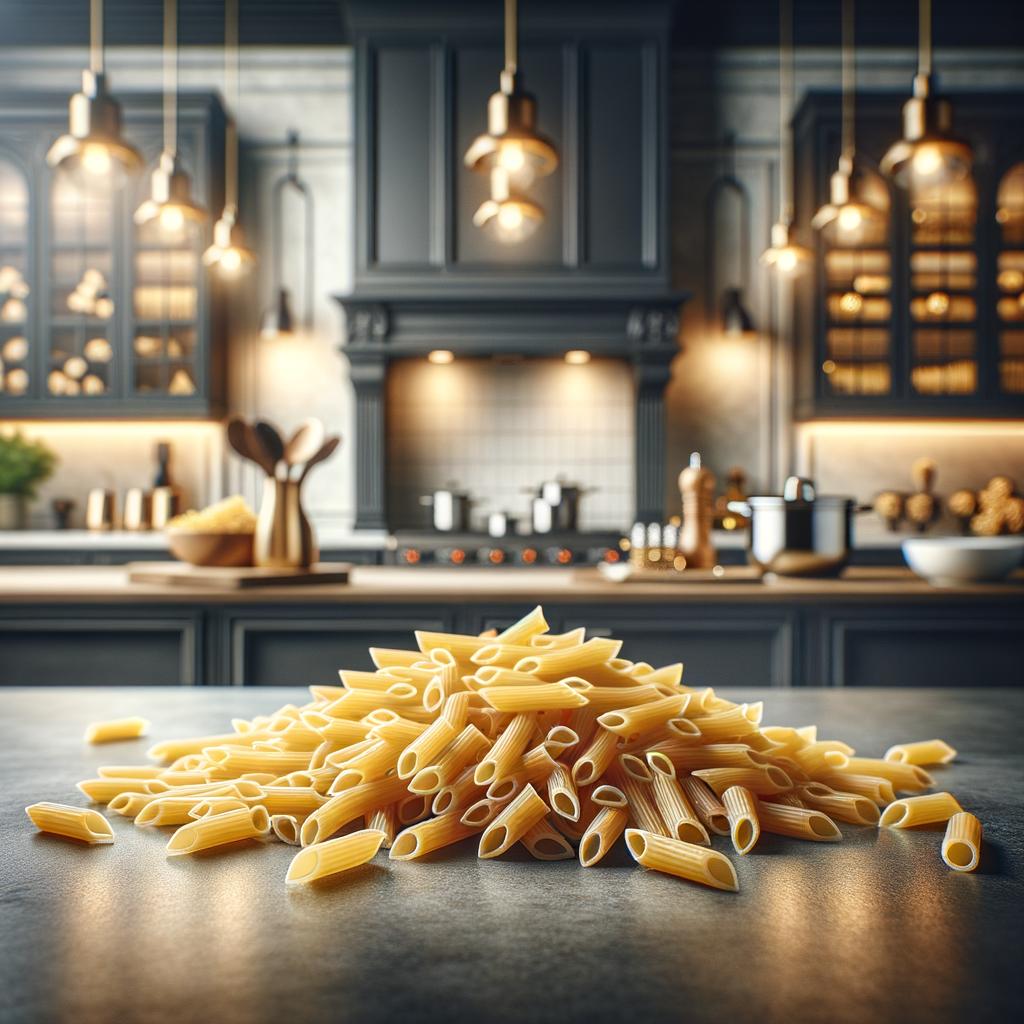Maccheroni Pasta

Description
Maccheroni pasta, a staple of Italian cuisine, is a beloved ingredient that brings warmth and comfort to many dishes. This cylindrical pasta is typically hollow in the center, creating a perfect pocket for sauces and other ingredients to nestle into. The pasta's surface is smooth and slightly glossy when cooked, boasting a firm yet tender texture that provides a satisfying bite. Its flavor profile is mild, allowing it to seamlessly blend with a variety of ingredients, from robust tomato sauces to delicate creams. What sets maccheroni apart from similar pasta shapes is its ability to hold onto sauces due to its hollow center, providing a burst of flavor with each bite.
Primary Uses
Maccheroni pasta is incredibly versatile in the culinary world. It is often used in traditional Italian dishes like Maccheroni alla Chitarra, where the pasta is tossed in a rich tomato sauce, and Maccheroni al Forno, a baked pasta dish layered with cheese and meat sauce. Beyond Italy, maccheroni is a key component in the American classic, Macaroni and Cheese, where it's coated in a creamy, cheese sauce. In addition to its culinary uses, maccheroni also holds cultural significance in Italy, often used in festive dishes during celebrations and holidays.
History
The history of maccheroni pasta is steeped in the rich tapestry of Italian culture. Its name comes from the Italian verb 'maccherare', meaning to bruise or crush, which is how the dough was originally processed. The pasta's popularity surged in the 14th century when it was introduced to the court of the King of Naples, and it quickly became a staple in Italian households. There's a charming folklore tale that Marco Polo brought maccheroni back from his travels to China, although historians dispute this. Over time, maccheroni's popularity spread worldwide, becoming a beloved ingredient in many global cuisines.
Nutritional Information
Maccheroni pasta, particularly when made from whole grains, is a nutritious ingredient. It's a good source of carbohydrates, providing energy for the body. It also contains some protein and is low in fat. Whole grain versions offer dietary fiber and various vitamins and minerals, including B vitamins and iron. When compared to similar pasta shapes, maccheroni's nutritional profile is largely the same, although its unique shape may encourage portion control, as it tends to be more filling. As with all foods, moderation is key, and maccheroni can certainly find a place within a balanced, nutritious diet.

